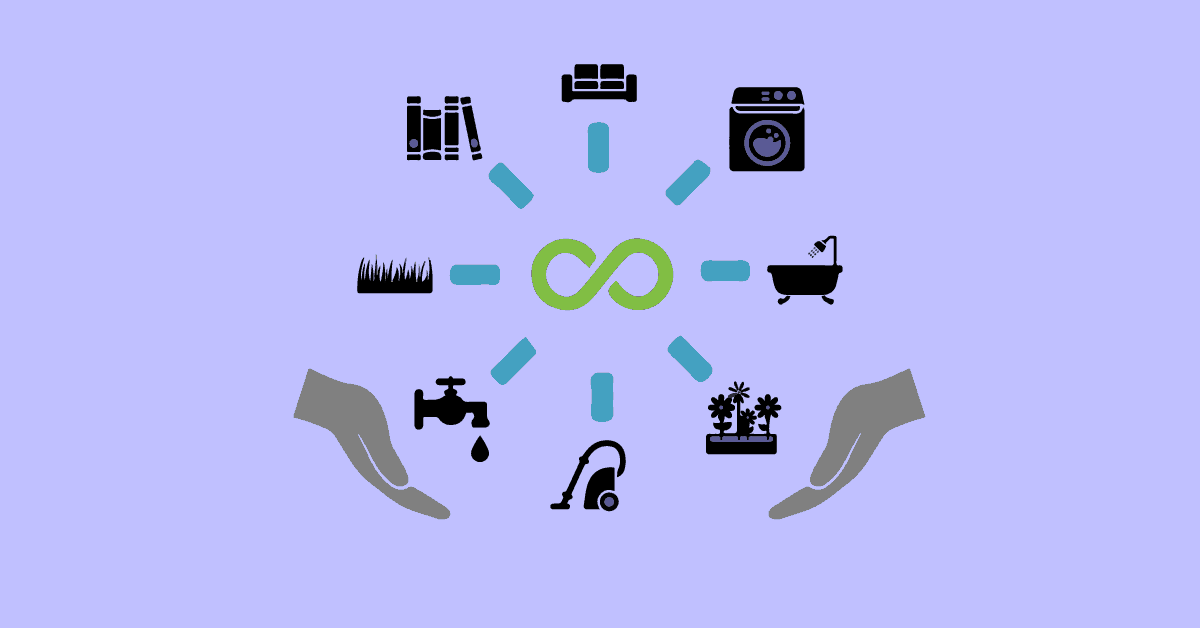In the past two decades, many software products have made the transition from being a product to be owned, to a service to be availed. The concept of Software-as-a-Service (SaaS) has now dawned entirely upon us and innovation around the “as-a-Service” model has resulted in a slew of such offerings. Most notably being the Platform-as-a-Service (PaaS) and Infrastructure-as-a-Service (IaaS) platforms on the cloud.
But along the way, many companies have started identifying themselves as a XaaS platform. XaaS is an acronym for Everything-as-a-Service or Anything-as-a-Service. So how can someone possibly offer everything or anything as a service?
The General Notion of XaaS
Many startups are coming up with a service-based delivery model for specialized software. They identify themselves as a XaaS platform. That’s because the letter ‘X’ is synonymous to all and everything. So anything delivered over the internet and consumed virtually based on usage can be termed as a form of XaaS.
The most notable examples are, DaaS (Database-as-a-Service) or a BaaS (Backend-as-a-Service) platform. All these are variants of the SaaS. They ride on that X factor, claiming to be a specific X version of SaaS.
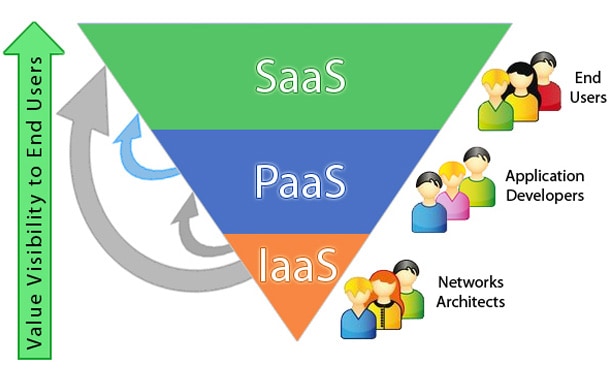
Courtesy, http://www.smechannels.com
There is, however, yet another perspective of XaaS. And to understand that, we should stop emphasizing on the “X” and instead, focus on its expanded keyword,i.e., “Everything.”
How About Every Damn! “Thing” as a Service
So let’s shift our focus on everything, and yes, literally we mean every, damn, thing! If you split the word “Everything” into “every” and “thing,” then we can associate with tangible everyday things.
Got the hint?
Yes, we are moving away from the realm of software and virtual servers to tangible & physical things that surround us in our day to day lives. This way, the concept of XaaS translates to availing a physical “thing” as a service instead of truly owning it.
The best example of this is Uber. You own a car, and so you offer it as a service via “Drive With Uber.” Call it CaaS, and you may deduce it as Car-as-a-Service or Conveyance-as-a-Service.
This is how the concept of XaaS takes a leap into the future with sharing economy.
What’s in a Thing?
Now that we have shifted our perspective from a virtual thing to a physical, tangible thing, we can qualify the things that deserve to be in the league of as-a-Service.
Like Uber, we have countless other companies that do not own a thing but provide a sharing platform for others. AirBnB does that for rooms. So do the countless other businesses for things, ranging from books to appliances, tools and more. All of them have a single objective of monetizing things via sharing.
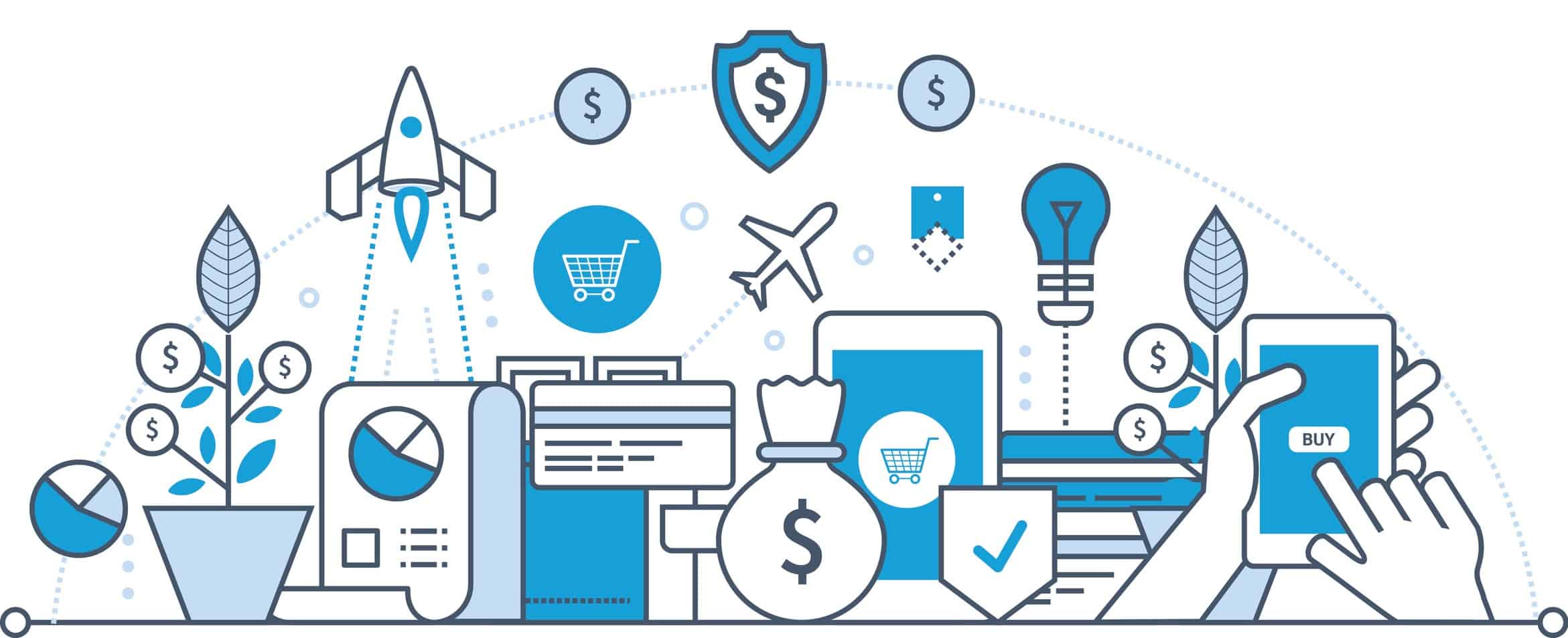
Courtesy, Performance Technologies
So what qualifies a thing worthy of being shared?
The answer to this question lies in the debate of whether to treat your thing as an asset or a resource.
Assets vs Resources
If you look up the literal meaning of “asset” and “resource,” then there is one word that stands out, Valuable. Yes, an asset is something that is valuable to you.

However, the perception of value is purely subjective and varies from person to person. A middle-class guy might consider his car to be an asset. For a rich fellow worth few billions, a car is just a resource, and by all means, he might own a few tens of them.
If something is valuable for specific strata of society, then that’s the first indication that it can be shared and monetized. And then, there are also some things that are valuable for all, irrespective of their social status. No wonder, one of the first and oldest things to be shared was real estate, through renting and leasing models and brokerage firms acting as the platform.
So What Can We Really Do With A Thing?
Once we realize that the thing under your possession is valuable enough to earn you some money, the next logical question is, what can we do with a thing? We witnessed some examples of sharing but is sharing the only option?
Or should we ask in a more XaaSastic business model way? What can be offered as a service, that is centered around a thing?
Over the last few years, many service models have emerged around this question. Based on how we human beings interact with our assets, there are three as-a-Service possibilities.
Each of these models offers monetization opportunities for both the asset owner as well as the as-a-Service platform provider. Let’s take a look at them with examples.
Share a Thing
This is easy and the most obvious one, thanks to the advent of sharing economy.
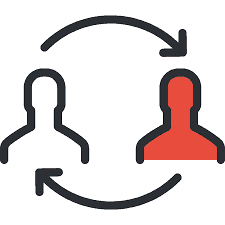
If you have a utility asset which is in high demand and you are only using it sparingly then why not share it with others. This way you can make some money and others can save money too. AirBnB is the best example of this. They disrupted the traditional renting model of a property as a whole and created a new way of sharing a part of your property on the go.
AirBnB is a peer to peer sharing platform. Many businesses have also evolved around owning assets and then making them sharable via a platform, instead of enabling peer to peer sharing.
No matter who owns the asset, the nuances of shared usage remains the same. Platforms built around this model enable people to share assets on an ad hoc basis.
Manage a Thing
A valuable asset also needs protection against theft or other unfavorable incidents that can jeopardize its value. Hence managing it is a necessity.
Managing an asset may mean many different things depending on the asset itself. Tracking it by monitoring its presence or location is the most common form of managing. However, in some cases, managing may also mean preventing or detecting misuse. What if someone borrows your room, via AirBnB and leaves the air conditioner and lights on all the time, even while being away.
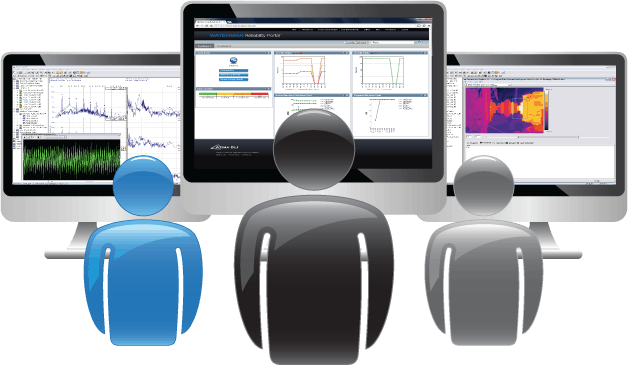
Talking about platforms to manage things. ERPs are probably one of the earliest forms of this. However, most ERP system only maintains an inventory of things. They do not manage interactions with the things.
There is a massive opportunity in this space. Already there are many vertical focused platforms that offer to manage assets specific to an industry vertical, from manufacturing, transportation to retail and more.
Administer a Thing
This one is interesting. There are many use cases where we need to administer something on an asset to get the desired value out of it.
Take the case of a machine running in a factory, converting raw material into a finished product. The machine is an asset for the factory owner, but only as long as it produces the desired outcome. So the factory owner would want to track how much of the raw material was administered to the machine and how much was the outcome of it.
This model opens up a few more possibilities. Instead of thinking of the machine directly, we can focus on the raw material. The raw material is a resource and is non-valuable compared to the asset, i.e. the machine in this case. But think of it this way. For a factory, the inventory of raw material is still a valuable asset. The factory owner would want to utilize it and dispense with it to realize his profits at the earliest.
For a big factory, we can think of this case as a lifecycle of raw materials as they get administered to one machine to get transformed into another component. And finally, all components getting administered to another machine to produce the finished product.
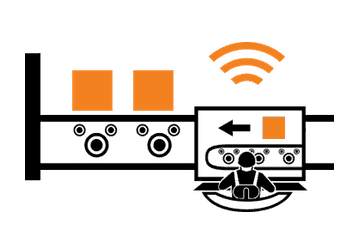
This is where the XaaS platforms of the future will play a significant role. If there is a way to visualize a complex manufacturing or operational process that takes an input and through several stages, produces an output, while tracking all the vital parameters of the components involved in the process, then that would make the most comprehensive XaaS platform.
Traditionally such systems have existed for factory automation and manufacturing sector in the form of SCADA. But again, these are in the form of products owned by the factories instead of services availed through a platform. With adequate interventions, a XaaS platform can offer remote administration of machines as a service with all the features to track the assets and the flow of resources through them.
The Technology Shift Enabling XaaS
The previous breed of XaaS applications, revolving around PaaS and IaaS was possible because of the advancement in connectivity and computing. The most common PaaS and the IaaS flavors typically rely on broadband Internet and virtualization technologies. But this new breed of asset-oriented, Everything-as-a-Service applications is possible due to the advent of a combination of a few emerging technologies that have swept the world in the last few years.
If you follow the emerging technologies space closely, then you already know that we are talking about IoT. It plays a very big role in enabling an asset to be tracked, monitored or controlled remotely. There is no shortage of sensors and hardware platforms to build IoT devices today. The continuous innovation in this space is driving down the cost and size of these components every year.
But will IoT alone help?
All the service models presented above depend on the human to machine interaction. And wherever we have a human aspect in interaction, we can experience myriad circumstances based on the person’s state of mind.

So, here comes Blockchain. With Blockchain, you can track and record every possible human interaction with the machine. But unlike a typical audit trail system based on the traditional database, altering Blockchain records won’t go undetected. Although it’s implementation in large-scale applications is still in its infancy, Blockchain promises to plug that trust gap that seeps into any human interaction, be it with another human being, or a machine.
The Future Of Things Based XaaS
A combination of IoT and Blockchain would be the greatest leveler for any XaaS platform that leverages an asset. IoT enables the tracking and monitoring of all interactions on the asset. Whereas Blockchain provides an irreversible trail of those interactions that nobody can alter.
Interaction is really the key here. With so many interactions, we have so much of data. Enter Big Data and Artificial Intelligence, and we are talking about leveraging these interactions to improve the user experience further. This way, we can even find suspicious interaction patterns and predict malign intentions. After all, humans will always be at the helm.
Finally, with all this talk surrounding assets and their interactions, monetization, and platforms, coupled with the added complexity of diverse industry verticals, there seems to be a need for yet another abstraction of XaaS, in the form of a generic XaaS platform to host specific, asset-oriented XaaS applications. It is like all-encompassing, XaaS platform configurable for a specific asset, service model and vertical-specific application. I believe, that will bring in yet another wave of innovation in the emerging technology space, orchestrated together with IoT, Blockchain and AI, and we are already beginning to witness this.
If you are thinking in the similar lines and possibilities around XaaS, then please leave a comment. I am looking forward to the views and opinions from industry thought leaders from across the world.

